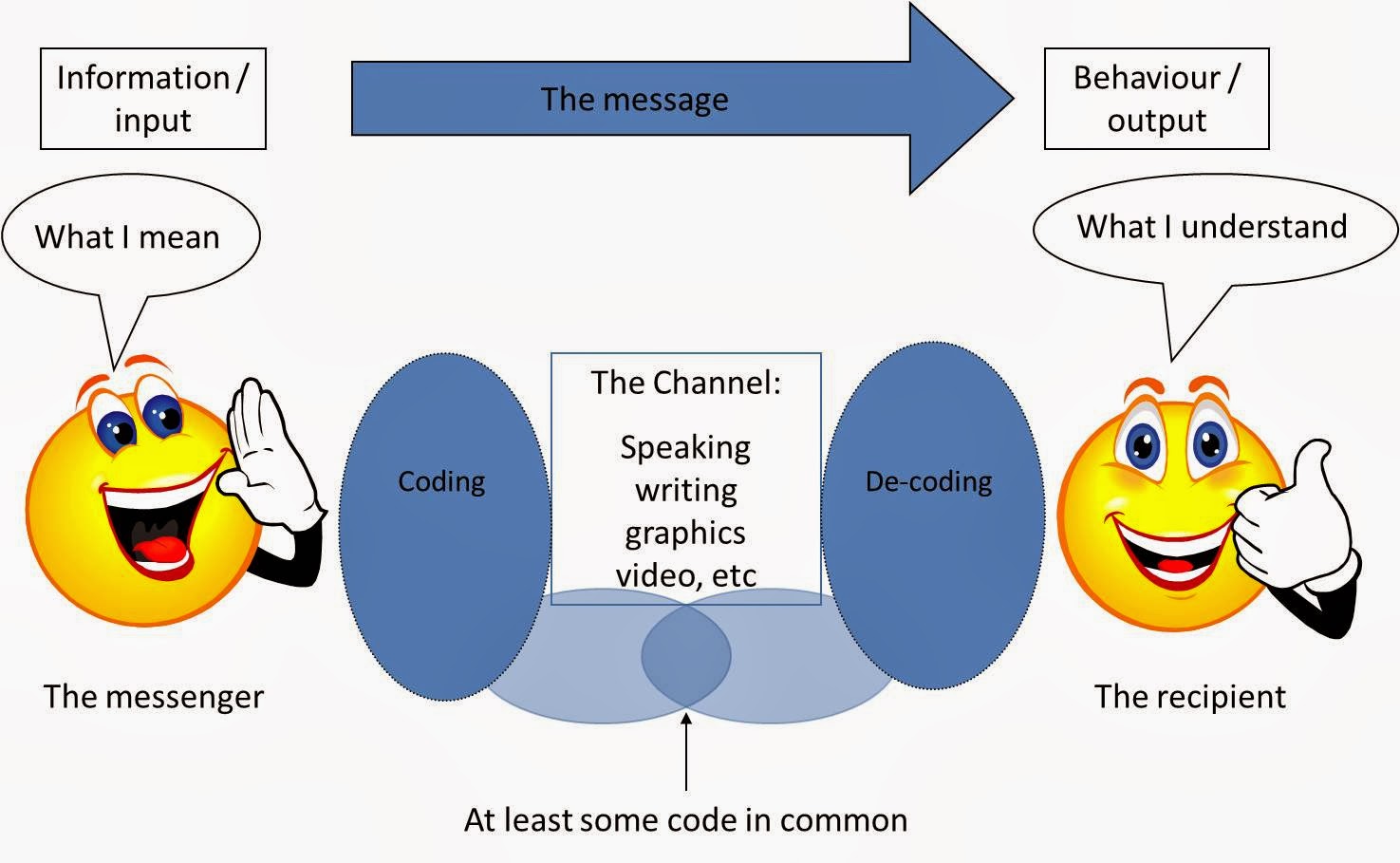Research: Concept and Importance
1. What is Research?
Research is a systematic
investigation that expands knowledge, solves problems, or develops new technology. It involves structured methods to ensure accuracy, reliability,
and validity.
- Example: Conducting a study
to understand the impact of online learning on student engagement in
classrooms.
2. Characteristics of Research
A. Systematic
The research follows an
organised and structured approach, using specific methods to produce reliable
results.
- Example: A researcher
studying a new drug follows strict experimental recruitment,
data collection, and analysis protocols.
B. Logical
Research is based on
logical reasoning, using inductive (from specific observations to
general conclusions) or deductive methods (from general theory to
specific conclusions).
- Example: Observing that all
birds in a region are black and forming the hypothesis that all birds in
that region are black but remaining open to exceptions.
C. Empirical
Research relies on data
gathered through observation, experimentation, or measurement rather than
theory alone.
- Example: Conducting a
physical fitness test to measure the effects of exercise on cardiovascular
health.
D. Replicable
The research process and findings should be replicable, meaning others can repeat the study and
achieve similar results.
- Example: A psychological
study on memory retention can be replicated by other researchers to verify
the results.
E. Controlled
Researchers control
variables to isolate the relationship between the independent and dependent
variables, especially in experiments.
- Example: In a clinical
trial, controlling factors like age and health status ensures that any
observed effects are due to the treatment being tested.
F. Critical
Research involves
critical thinking and evaluating methods, results, and interpretations while considering potential biases.
- Example: Peer reviewing a
research paper to ensure the methodology and analysis are sound.
G. Objective
Research aims to minimise
personal bias by objectively collecting, analysing, and interpreting data.
- Example: A double-blind
clinical trial ensures that neither the participants nor the researchers
know who receives the treatment or placebo.
3. Types of Research
A. Basic Research
Primary research aims to understand fundamental principles and expand knowledge without
immediate practical application.
- Example: Studying subatomic
particles to understand the structure of matter.
B. Applied Research
Applied research focuses
on solving practical problems using scientific methods and knowledge.
- Example: Using biology
research to develop a drug to treat cancer.
C. Experimental Development
This type of research
uses knowledge gained from basic and applied research to create new products or processes or improve existing ones.
- Example: Developing
smartphones with enhanced battery life based on earlier research on
battery technologies.
4. Examples of Research in Action
A. Genetic Engineering
- Basic Research: Understanding the
genetic code.
- Applied Research: Using this
knowledge to create genetically modified crops.
- Experimental
Development: Developing CRISPR technology for gene editing.
B. Artificial Intelligence (AI)
- Basic Research: Studying machine
learning algorithms.
- Applied Research: Using AI for
automating medical diagnoses.
- Experimental
Development: Creating AI systems for autonomous vehicles.
C. Renewable Energy
- Basic Research: Investigating the
properties of photovoltaic cells.
- Applied Research: Designing
efficient solar panels.
- Experimental
Development: Integrating large-scale solar farms into national
power grids.
5. Importance of Research
A. Expanding Knowledge
Research uncovers new
facts and theories that enhance our understanding of the world and the
universe.
- Example: Research in
astrophysics has led to the discovery of exoplanets.
B. Problem Solving
Research provides
practical solutions to real-world problems.
- Example: Research on
antibiotic resistance helps develop new drugs to combat resistant
bacteria.
C. Policy Formulation
Scientific research
informs policymakers by providing evidence-based insights.
- Example: Climate change
research helps formulate policies to reduce carbon emissions.
D. Global Competitiveness
Countries investing in
research maintain a technological edge and foster innovation.
- Example: South Korea's investment in research has made it a leader in electronics and software.
E. Education and Training
Research contributes to
education by providing opportunities for students and professionals to gain
hands-on experience.
- Example: University
research programs prepare students for careers in various sectors.
6. Ethical Considerations in Research
Research must adhere to
ethical standards to protect participants' rights and ensure transparency in
the research process.
- Example: Obtaining informed
consent from participants in a medical study and keeping their data
confidential.
7. Interdisciplinary Collaboration in Research
Modern research often
involves interdisciplinary collaboration, combining expertise to
solve complex problems.
- Example: Combining computer
science, biology, and engineering to create breakthroughs in personalised
medicine.
Conclusion
Research is critical in advancing knowledge, solving problems, and driving innovation. Understanding the process, types, and importance of research will
enhance educators' ability to contribute meaningfully to academic and professional
fields. Adhering to systematic, logical, and ethical research principles
ensures that research outcomes are reliable, replicable, and impactful.
.png)


Comments
Post a Comment